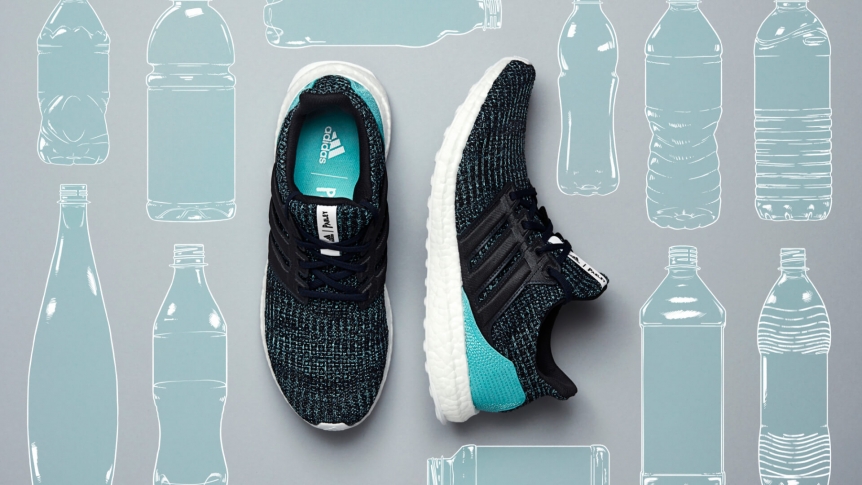Since the mid-2010s, Adidas has publicly (and is) committed to a green planet. Partners like Parley for the Oceans and Sean Wotherspoon have helped him get closer to achieving his goal of minimizing ocean plastic pollution and using 100% recycled polyester in his products by 2024, but he must give it to the German movement The clothing manufacturer with great honor. Although several of the brand’s sustainable footwear methods are definitely still in progress, Adidas (Adidas) Stan Smith Mylo has recently unveiled another way for the “three stripes” plan to do away with plastic waste: the mycelium (Mycelium).
The recently released UltraBOOST 6.0 ensures that solutions like PRIMEBLUE won’t appear anytime soon, but the latest claims from Adidas Originals indicate that at least 50% of Parley Ocean Plastic’s recycled materials will have long-term mold companies. In addition to being natural, mycelium, a large network of renewable interwoven fibers that runs through the soil, can also achieve versatility through some other eco-friendly methods explored by the brand. For its first exhibition, the Mylo material (derived from Mycelium) was obsessed with simple off-white tones, although it can take any color, finish, and relief.
Through cooperation with the biotechnology company Bolt Threads, the life cycle of Mylo is as follows: the natural growing conditions of the mycelium are reproduced in the laboratory; the sawdust and another organic matter mix with the nutritive part of the fungus and gradually turn into a foam. as a mutually connected mesh structure. A well-structured lattice is harvested and the remaining by-products are composted. The last two steps of the sustainable process transform the soft material into panels, making the look, feel, and performance like leather and the stitching of the material to form the upper part of the shoe. The natural rubber outsole further demonstrates Adidas’ environmental awareness without sacrificing timeless style.
